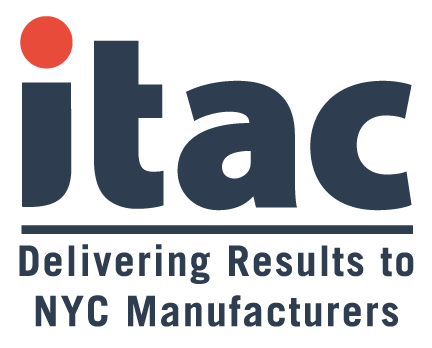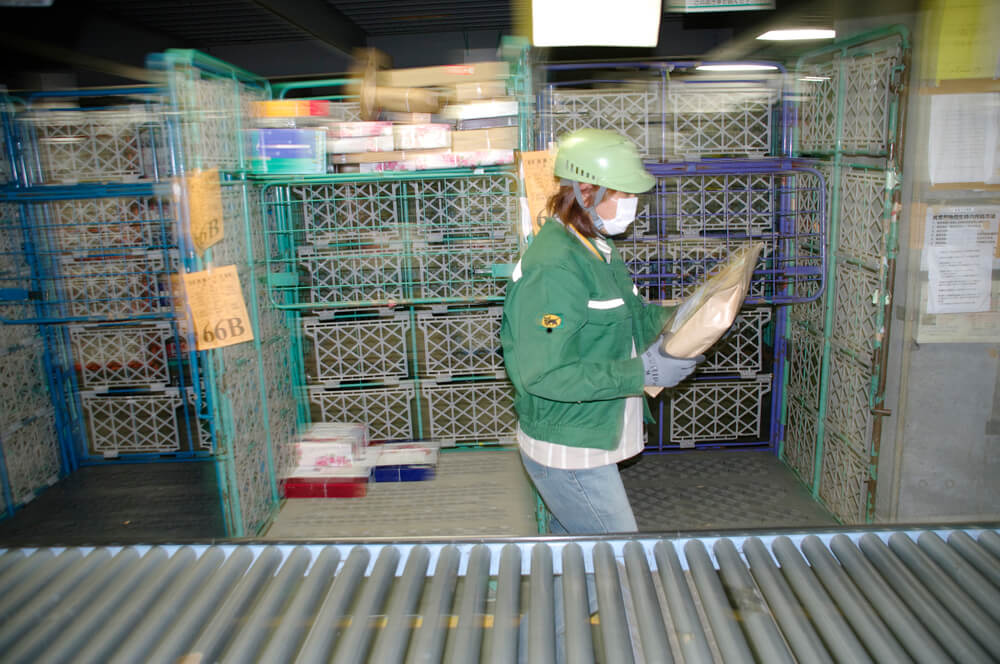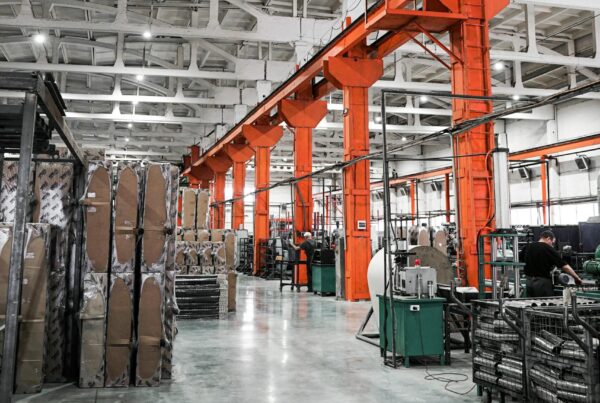The Disease That Is Reshaping Manufacturing
Unless you’ve been living on private island (send invite immediately!), it’s no secret that the pandemic has changed the way manufacturers operate and run their businesses in order to survive these challenging times.
At least that’s what we at the National Institute of Standards and Technology’s Manufacturing Extension Partnership (NIST MEP) have heard from manufacturers over 11 virtual listening sessions we call the “National Conversation with Manufacturers.” We have spoken to 50 manufacturers across the country and captured their perspectives and experiences during the past several months. The focus of these conversations is to learn how manufacturers are handling the near-term jolt from the pandemic and preparing for success in the long-term.
During our September 2, 2020 conversation, we heard from executives of small and medium-sized manufacturing operations located in Mid-Atlantic states. These manufacturing leaders say that the COVID-19 pandemic has forced them to act in ways they hadn’t imagined just weeks earlier. It’s not simply the mask wearing, the physical distancing and the extra cleaning protocols that have been incorporated as standard practice. It’s also the sudden reliance on and acceptance of teleworking arrangements. It’s the need to think differently about the physical and mental health of workers. It’s the acute awareness that the soundness of their operations rests heavily on the underlying strength of their suppliers.
The Challenges of Maintaining Operations
The Mid-Atlantic manufacturers described kicking off 2020 with high expectations for the year. Although uncertainties surrounding steel and aluminum tariffs were casting a shadow for some, strong sales were keeping operations busy. Top-of-mind concerns were ensuring they had the skilled workers and reliable suppliers to keep up with demand for their products.
By the end of March, they were facing the challenges of maintaining operations while office staff were working from home and shop-floor leaders and workers were navigating public health mandates and worries about an unknown virus. For some, formerly strong deal pipelines dwindled to a trickle and business fell off sharply. They moved to shore up balance sheets, manage cash flow tightly and limit capital expenditures to only purchases that were safety-related or investments that promised quick returns.
The manufacturers welcomed quick action by Congress to allocate funds through the Coronavirus Aid, Relief and Economic Security (or CARES) Act that allowed them to keep their workers employed and busy with maintenance or strategic improvement projects, as well as enabling their suppliers and distributors to retain their workforces. The dual public health and economic challenges, they noted, had shined a spotlight on the health and well-being of supply chains and interconnected networks in ways not previously acknowledged or, perhaps, fully understood.
Planning for the Future
Following the quick, intense disruption that rippled through their markets in the spring, they have seen their businesses bounce back, with some seeing sales and profitability exceed their high expectations at the beginning of the year. The whipsaw experience and the continuing complications to their daily operations have left them tentative about the future, unsure whether to plan for ongoing strong demand or prepare for another trough.
Through it all, they say, workforce concerns remain, despite soaring rates of unemployment. Mechanics, instrument technicians, tool and die makers, machine operators and other skilled trade workers are “just non-existent around here.” And, according to the panelists, “here” appears to be everywhere. Workers they developed through apprenticeships and school programs are difficult to hold onto. The ongoing workforce challenge, they say, is driving plans to embrace automation as a path toward maintaining their operations and increasing productivity.
The MEP National NetworkTM is here to help U.S. manufacturers through these unprecedented times. We’re here to continue our mission to strengthen and empower U.S. manufacturers and our mission is now more important than ever. Connect with your local MEP Center to learn how you can succeed in a changing world. For NYC area, please reach out to ITAC.
This insight is from NIST MEP. You can read the full article by clicking here.
